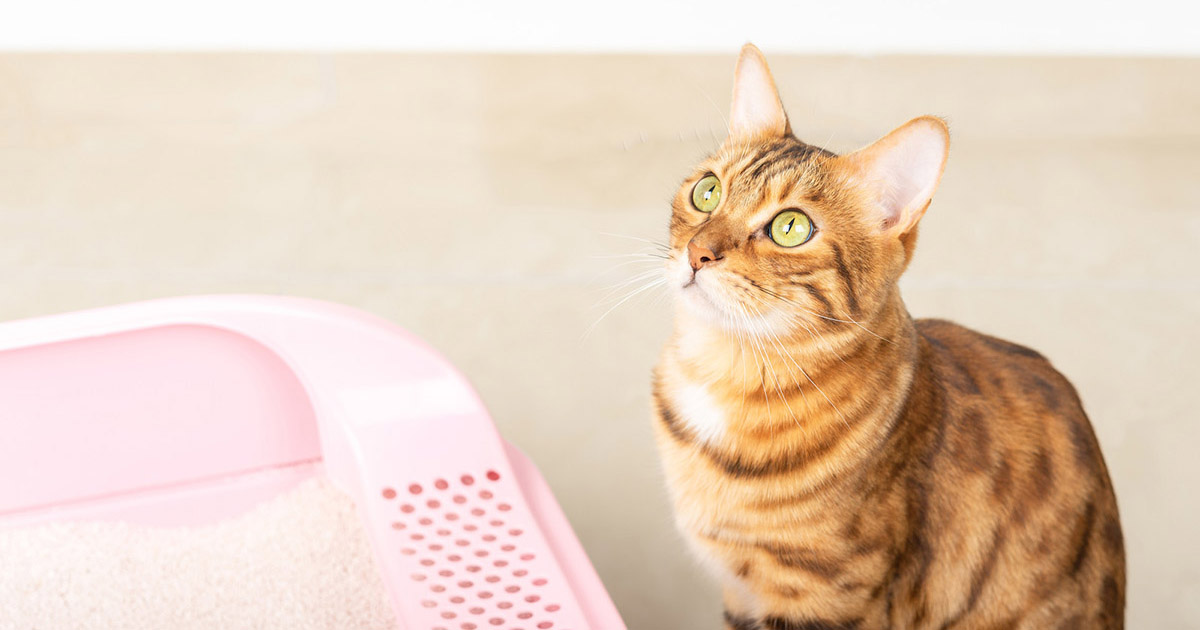Everybody seems to have their private assumption on the subject of Don’t flush cat feces down the toilet.

Introduction
As feline proprietors, it's vital to bear in mind just how we get rid of our feline good friends' waste. While it may appear convenient to purge feline poop down the toilet, this practice can have destructive repercussions for both the atmosphere and human health and wellness.
Ecological Impact
Flushing feline poop presents unsafe pathogens and parasites right into the water system, posturing a significant threat to marine communities. These impurities can adversely impact marine life and concession water quality.
Health Risks
Along with ecological concerns, flushing feline waste can likewise present health dangers to people. Feline feces might include Toxoplasma gondii, a bloodsucker that can trigger toxoplasmosis-- a potentially severe disease, specifically for expecting females and individuals with damaged immune systems.
Alternatives to Flushing
Fortunately, there are safer and extra liable means to get rid of cat poop. Consider the following alternatives:
1. Scoop and Dispose in Trash
One of the most common technique of getting rid of pet cat poop is to scoop it right into an eco-friendly bag and throw it in the garbage. Be sure to use a devoted clutter inside story and get rid of the waste promptly.
2. Usage Biodegradable Litter
Opt for naturally degradable feline clutter made from products such as corn or wheat. These clutters are environmentally friendly and can be safely disposed of in the trash.
3. Hide in the Yard
If you have a lawn, think about burying pet cat waste in a designated area far from vegetable gardens and water sources. Make certain to dig deep enough to avoid contamination of groundwater.
4. Set Up a Pet Waste Disposal System
Buy a pet dog garbage disposal system especially created for feline waste. These systems make use of enzymes to break down the waste, minimizing odor and environmental effect.
Final thought
Responsible pet ownership prolongs past offering food and sanctuary-- it also involves correct waste administration. By avoiding purging feline poop down the toilet and going with different disposal techniques, we can reduce our environmental footprint and protect human health and wellness.
Why Can’t I Flush Cat Poop?
It Spreads a Parasite
Cats are frequently infected with a parasite called toxoplasma gondii. The parasite causes an infection called toxoplasmosis. It is usually harmless to cats. The parasite only uses cat poop as a host for its eggs. Otherwise, the cat’s immune system usually keeps the infection at low enough levels to maintain its own health. But it does not stop the develop of eggs. These eggs are tiny and surprisingly tough. They may survive for a year before they begin to grow. But that’s the problem.
Our wastewater system is not designed to deal with toxoplasmosis eggs. Instead, most eggs will flush from your toilet into sewers and wastewater management plants. After the sewage is treated for many other harmful things in it, it is typically released into local rivers, lakes, or oceans. Here, the toxoplasmosis eggs can find new hosts, including starfish, crabs, otters, and many other wildlife. For many, this is a significant risk to their health. Toxoplasmosis can also end up infecting water sources that are important for agriculture, which means our deer, pigs, and sheep can get infected too.
Is There Risk to Humans?
There can be a risk to human life from flushing cat poop down the toilet. If you do so, the parasites from your cat’s poop can end up in shellfish, game animals, or livestock. If this meat is then served raw or undercooked, the people who eat it can get sick.
In fact, according to the CDC, 40 million people in the United States are infected with toxoplasma gondii. They get it from exposure to infected seafood, or from some kind of cat poop contamination, like drinking from a stream that is contaminated or touching anything that has come into contact with cat poop. That includes just cleaning a cat litter box.
Most people who get infected with these parasites will not develop any symptoms. However, for pregnant women or for those with compromised immune systems, the parasite can cause severe health problems.
How to Handle Cat Poop
The best way to handle cat poop is actually to clean the box more often. The eggs that the parasite sheds will not become active until one to five days after the cat poops. That means that if you clean daily, you’re much less likely to come into direct contact with infectious eggs.
That said, always dispose of cat poop in the garbage and not down the toilet. Wash your hands before and after you clean the litter box, and bring the bag of poop right outside to your garbage bins.
https://trenchlesssolutionsusa.com/why-cant-i-flush-cat-poop/

I am very occupied with Don’t flush cat feces down the toilet and I hope you enjoyed my page. Those who appreciated our post if you please do not forget to pass it around. I appreciate reading our article about Don’t flush cat feces down the toilet.
Book Now